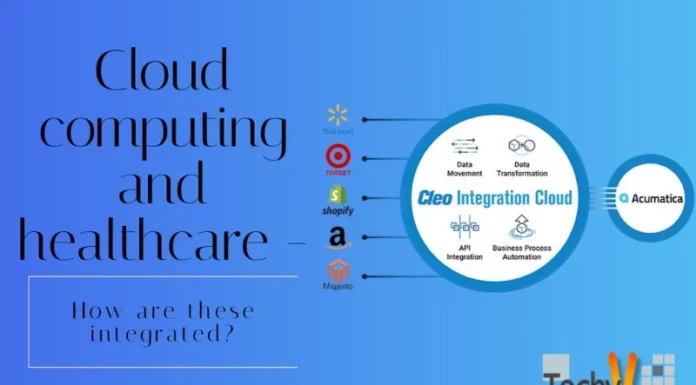Infrastructure as a Service (IaaS)
Introduction:
Infrastructure as a Service (IaaS) is one of the four layers of cloud computing, the other three being Software as a Service (SaaS), Platform as a Service (PaaS) and Business Process as a Service (BaaS). Infrastructure as a Service is also known as Hardware as a Service (HaaS).
Definition:
Infrastructure as a service is defined as the delivery of compute foundation (servers, storage, networking technology and data centre space) as a service. It also consists of delivery of virtualization technology and operating systems for the purpose of managing resources.
Explanation:
In simple words, Infrastructure as a Service is a model of provision in which an organization outsources the equipment required to support operations. The outsourced equipment usually consists of servers, storage, networking components etc. This equipment is owned by the service provider; therefore, the service provider is responsible for its housing, running and maintenance. Usually the customer pays the service provider on a usage basis. Dynamic scaling may also be included in the service, so that if the customer requires more resources than expected, the additional resources could be provided immediately.
IaaS also provides an environment for running virtualized systems built by the user in the cloud. In this method, virtual machines are created on user premise and loaded with all the required software. The required software consists of licensed software as well as the custom software. This software will ultimately run in the cloud. After building the virtual machine, it is uploaded to the IaaS provider’s hosting environment and is configured to use the IaaS provider’s raw storage.
The roots of IaaS can be found in thin computing technology that has been developing since mid 1990s, but recent advances in virtualization technology, combined with widespread fast and reliable access to the internet has made IaaS practically feasible.
Benefits:
- Reduction in upfront cost of introducing infrastructure because of replacement of the required capital investment by monthly usage charge.
- Performance of IT services is improved. This is due to the fact that any additional requirement of resources like storage capacity and/or computing power could be met quickly by using dynamic scaling.
- There is no additional expenditure involve on the part of customer towards software, hardware, maintenance, backups, contingency provision and ongoing upgrades.
- Users can access applications from anywhere.
Examples:
- The most well-known example of IaaS provider is Amazon Web Services. Amazon has built large server farms and has been running multiple servers operation for a long time. It offers the hardware, technologies and skills (developed or acquired) to be hired by other organizations.
- Amazon’s Elastic Compute Cloud, known as Amazon EC2 offers virtual machine resources. These virtual machine resources are scalable from a web services interface. Amazon EC2 provides this scalability under user’s control. The users/customers pay for these scalable resources on per hour basis. The users are only charged for the capacity they actually use. Amazon EC2 offers three operating systems: Windows, Open Solaris and Linux.
- Go Grid is also a well known IaaS provider. Go Grid cloud hosting allows clients to build scalable cloud infrastructure in multiple data-centers through automation and self-service.
- Another example of IaaS is One Source, powered by Virtustream’s Cloud Platform.oud Platform.

















